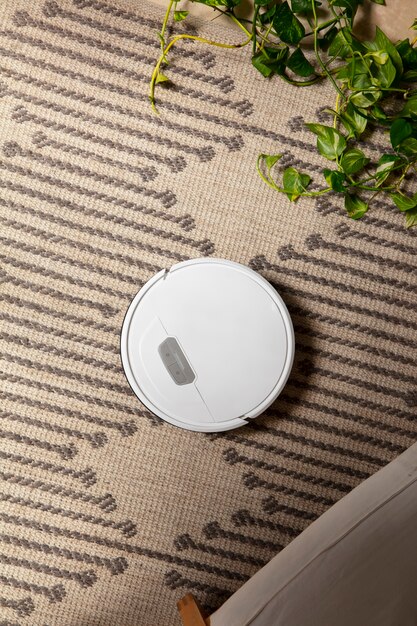
In-car technology has rapidly progressed, making it easier than ever to upgrade older cars with modern features like Bluetooth. Many aftermarket companies now offer motorists the convenience of connectivity and safety tech without the need to purchase a new vehicle. Interestingly, adding Bluetooth has become an affordable and straightforward enhancement, suitable for any car regardless of its age or value.
Bluetooth enables you to make phone calls through your car’s speakers or stream music from your smartphone. Even basic systems are designed to handle phone calls, reducing distractions and ensuring that drivers can keep their hands on the wheel. This feature aligns with most state laws that mandate hands-free calling while driving.
To add Bluetooth to your vehicle conveniently and affordably, several options exist:
1. Universal Bluetooth Kits:
If you prefer not to deal with complex wiring, a universal Bluetooth kit like the iClever Himbox Plus is a good option. These standalone units come with a built-in speaker and microphone and can be attached to your car’s sun visor or mounted using suction cups or tape. These kits are versatile, easily transferable between vehicles, and cover the basics of Bluetooth functionality. However, they may not integrate with your car’s existing audio system for music streaming, and mounting them with tape might leave marks on your dashboard.
2. Head Unit Replacement:
For those looking for extensive audio functionalities, replacing your car’s head unit can be an excellent choice. This option involves some effort and might alter the look of your car’s interior, but most devices include user-friendly installation guides. Many electronics retailers also offer installation services for about $100. Replacement stereo systems vary widely in price, from as low as $40 upwards, offering features from basic Bluetooth calling to advanced integrations like Apple CarPlay and Android Auto.
3. Vehicle-Specific Adapters:
If you want to preserve the original look of your car’s stereo, a vehicle-specific adapter might be ideal. These adapters are tailored to your car’s make and model, ensuring top-notch audio quality. They typically require you to remove the factory stereo, install the adapter, and connect a microphone. This approach maintains the stock aesthetic and usually costs less than $100, though luxury models may be pricier.
4. FM Transmitters:
One of the most budget-friendly ways to add Bluetooth is through an FM transmitter, particularly useful for older cars without an auxiliary input. This device plugs into the car’s cigarette lighter and broadcasts a signal over a clear FM frequency, allowing you to stream music or take calls hands-free. Though affordable and easy to use, finding a continuous clear frequency can be challenging, especially in densely populated areas.
5. Bluetooth Receivers:
Installing a Bluetooth receiver in your car allows you to pair it with a Bluetooth-enabled device for playing music, making calls, and more. Bluetooth receivers offer clear, static-free sound quality. However, they require an auxiliary input, which might necessitate upgrading the stereo system in older car models. Prices for Bluetooth receivers start around $20, with more advanced models offering additional features like the Mpow receiver, which includes a mobile app to locate your parked car and the ability to connect to two devices simultaneously.
In conclusion, upgrading your car to include Bluetooth technology has never been more accessible or affordable. Whether you choose a universal kit, a new head unit, a vehicle-specific adapter, an FM transmitter, or a Bluetooth receiver, you can enhance your driving experience significantly with hands-free communication and music streaming capabilities.